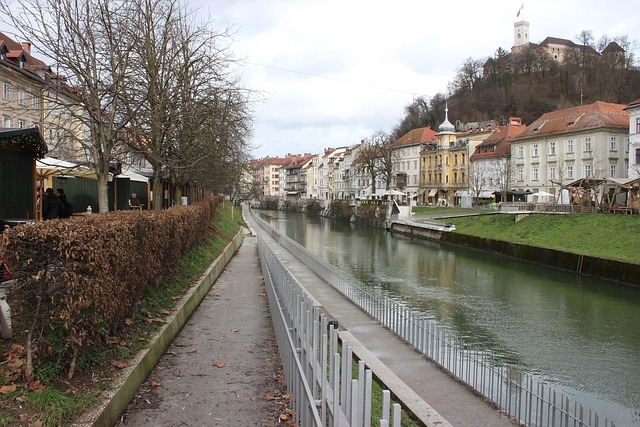Electricity load shedding in Karachi, particularly near Airport Road, has become a major issue due to rapid urban growth and high energy demands. The dense population and hot climate strain the local power grid, causing frequent power cuts that disrupt daily life and businesses, and pose safety risks for emergency services. Solutions involve upgrading infrastructure, increasing renewable energy, and adopting energy-efficient practices with backup power systems like solar panels.
In the bustling metropolis of Karachi, electricity load shedding near Airport Road has become a persistent issue, disrupting daily life and business operations. This article delves into the complex dynamics behind power outages in the area, exploring their impacts on residents, businesses, and the overall economy. We also examine innovative solutions that can mitigate these frequent interruptions, aiming to provide a comprehensive understanding of the challenges and potential strategies to overcome them in Karachi.
- Understanding Electricity Load Shedding in Karachi Near Airport Road
- Impacts and Solutions for Frequent Power Outages
Understanding Electricity Load Shedding in Karachi Near Airport Road

Electricity load shedding, a common challenge in many cities worldwide, has become an increasingly significant issue in Karachi, particularly near Airport Road. This phenomenon refers to the practice of temporarily cutting off electricity supply to certain areas to prevent system overload during peak demand periods or maintenance. In Karachi’s dense urban environment, managing electricity distribution efficiently is a complex task due to the city’s rapid growth and high energy demands.
The area around Airport Road, with its bustling commercial and residential neighborhoods, experiences regular load shedding. This is often attributed to the strain on the local power grid, which struggles to meet the energy requirements of such a populated region. Karachi’s hot and humid climate further exacerbates the problem, as air conditioning becomes a necessity, putting immense pressure on electricity infrastructure. Understanding and addressing this issue is vital for ensuring a stable power supply in one of Pakistan’s busiest urban centers.
Impacts and Solutions for Frequent Power Outages

Frequent power outages along Airport Road in Karachi have significant impacts on both residents and businesses, disrupting daily routines and operations. Businesses, especially those reliant on technology, face financial losses due to downtime and potential damage to equipment. Residents lose access to basic services like lighting, heating, and cooling, affecting their quality of life. Moreover, these outages can hinder emergency services, posing risks to public safety.
However, several solutions offer hope for mitigating these issues. The first involves enhancing the city’s power distribution network through infrastructure upgrades and adding contingency measures. Smart grid technologies can improve efficiency and enable quicker recovery times during outages. Additionally, increasing renewable energy sources in Karachi’s energy mix can reduce reliance on fossil fuels and enhance overall grid stability. Residents and businesses can also play a role by adopting energy-efficient practices and implementing backup power systems, such as solar panels or generators, to ensure continuity of essential services during power cuts.
Electricity load shedding, a persistent issue near Airport Road in Karachi, significantly impacts daily life and business operations. Understanding this problem and its causes is the first step towards effective solutions. By implementing targeted measures, such as infrastructure upgrades and efficient energy management practices, Karachi can mitigate frequent power outages. This will not only enhance the quality of life for residents but also attract investments and support sustainable economic growth in the region.

Leave a Reply